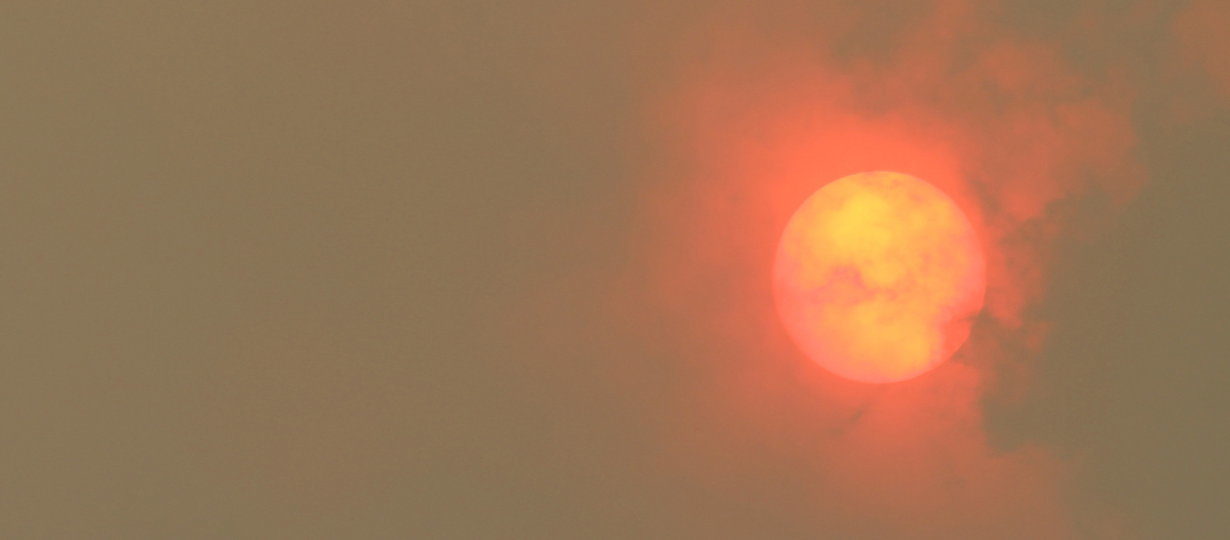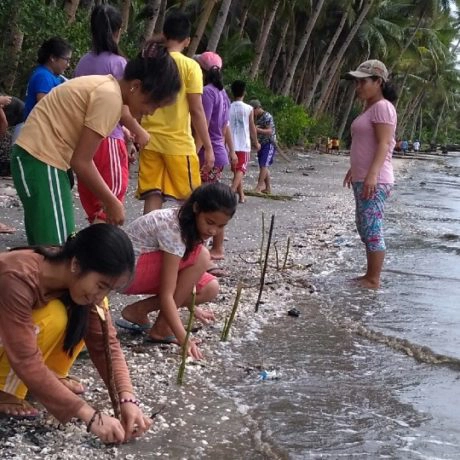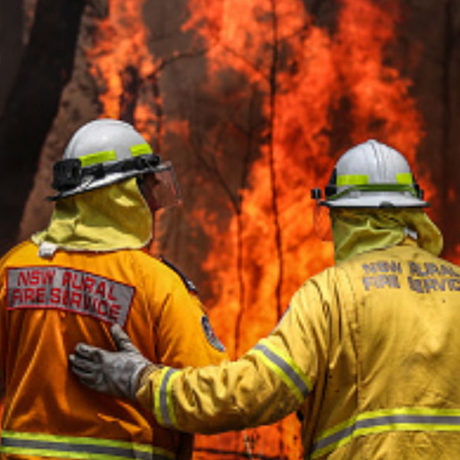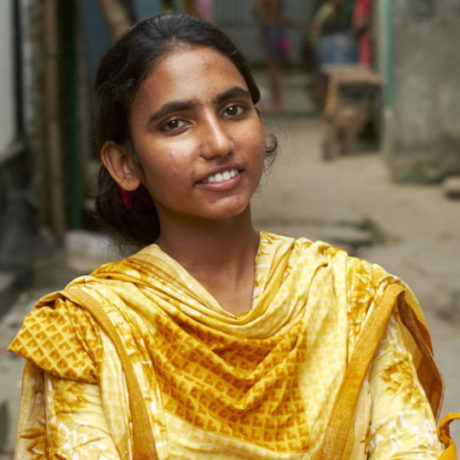News and Stories - Climate Change - 25 August 2017
How Climate Change Impacts The Most Vulnerable Children

We hear a lot about climate change in the news – from the scientists, the politicians, the activists and the deniers. Sadly, what we don’t often hear are the voices of the world’s poorest and most vulnerable children – the children whose lives are devastated by climate change every day.
It’s a sad fact that the world’s poorest children, who have contributed the least to climate change, are the worst affected by it.
Plan International has a long history of working with children in climate-affected communities; implementing humanitarian, disaster preparedness, risk reduction, and resilience building programs in countries such as South Sudan, the Philippines, Cambodia, Vietnam, Fiji, and the Solomon Islands.
For the children that we work with around the world, climate change threatens their survival and human rights in a number of different ways:
-
Climate change makes it harder for children to access food
Today, 45 million people are estimated to be hungry because of climate change. Drought, irregular rainfall and extreme weather events wipe out food crops – making food less accessible and affordable, as well as threatening the livelihoods of subsistence farming communities.
-
Climate change is a threat to the health and well-being of children
Globally, climate change is projected to exacerbate the top five causes of death for children under five (acute respiratory illness, diarrhoea, malaria, malnutrition and neonatal deaths). In developing countries, for every 1°C temperature increase, diarrhoeal diseases will see an increase of up to 8 per cent, and malaria exposure in Africa will increase by up to a 28 per cent this century. The weight of climate-related diseases already falls predominately on children in developing countries and this will only worsen as impacts increase.
-
Climate change forces families to leave their homes
Environmental disasters, rising sea levels and drought are key forces driving migration and displacement. There are estimates that by 2050 there will be 200 million people displaced due to climate change. For children, displacement is a significant disruptor in their development and education. It also poses risks to children’s safety; for example, girls that are displaced are at greater risk of early and forced marriage, trafficking and exploitation.
-
Climate change threatens children’s lives
With the increased frequency and intensity of extreme weather disasters, children face a heightened risk of death and serious harm. Over the last 20 years, the average number of natural disasters has doubled from 200 a year in the 1980s to more than 400 a year in this decade. Apart from the immediate risks to children when disasters hit, the breakdown in health, education, and family support structures disrupts development and increases stress and trauma.
When we think about the world that we are leaving to our children – a world that is hotter, more fractured, with more frequent and more extreme weather events – it only serves to emphasise how urgently we need to act to halt the devastating effects of climate change.
So what is Australia doing to help minimise the impacts of climate change on the world’s poorest children?
In 2015, Australia signed up to the Paris Agreement; a commitment to introduce measures that would limit global temperatures to no more than two degrees and to increase global climate financing to $100 billion USD a year by 2020.
These are commendable goals, and if we look internationally, there are inspiring examples of strong leadership to support these commitments, for example France’s commitment to ban petrol and diesel vehicles by 2040.
Unfortunately Australia has struggled to show leadership on the issue with its emission reductions goals, dismally lagging behind the standard set by other countries.
Australia’s progress in supporting communities through aid and development has also gone backwards in recent years. For example, right now, there is no dedicated funding stream for climate change action in the aid portfolio.
This is despite Australia’s 2014 foreign aid strategy, Australian aid: promoting prosperity, reducing poverty, enhancing stability stating that it will:
work with countries in the region to build resilience to climate-related shocks and manage the impacts of climate change.Instead, the highly successful Community Based Climate Change Action Grants (CBCCAG) program, which worked with communities to increase resilience to the impacts of climate change, was discontinued in 2015.
If Australia is to show a genuine commitment to minimising the impacts of climate change on the world’s poorest children, then it must scale-up its overall contribution to international climate finance to be in line with the shared USD $100 billion from the Paris Agreement. Based on Australia’s economic strength and historical responsibility for global carbon pollution, estimates put Australia’s fair contribution at 2.4% of the shared USD $100 billion commitment – approximately AUD $3.2 billion a year by 2020.
If Australia does not act now to re-establish the Community Based Climate Change Action Grants and to genuinely meet its commitments under the Paris Agreement, then it will be failing the world’s poorest children as they grapple with the devastating effects of climate change on their lives.





